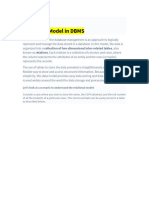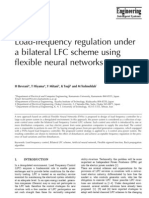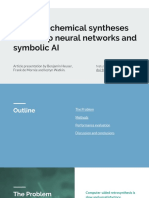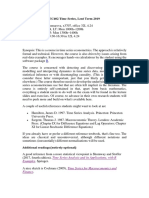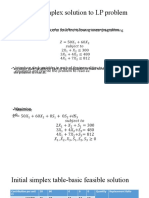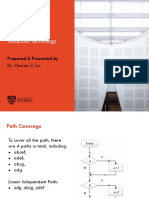0% found this document useful (0 votes)
66 views25 pagesCome 301 Dbms Lecture 4 Presentation Slides
The document discusses the relational model and its key concepts like relations, attributes, tuples, domains and schemas. It also covers file organization techniques like heap files, sequential files and indexed sequential files. Finally, it discusses relational constraints and anomalies that can occur in relational databases.
Uploaded by
KosayAudiCopyright
© © All Rights Reserved
We take content rights seriously. If you suspect this is your content, claim it here.
Available Formats
Download as PPTX, PDF, TXT or read online on Scribd
0% found this document useful (0 votes)
66 views25 pagesCome 301 Dbms Lecture 4 Presentation Slides
The document discusses the relational model and its key concepts like relations, attributes, tuples, domains and schemas. It also covers file organization techniques like heap files, sequential files and indexed sequential files. Finally, it discusses relational constraints and anomalies that can occur in relational databases.
Uploaded by
KosayAudiCopyright
© © All Rights Reserved
We take content rights seriously. If you suspect this is your content, claim it here.
Available Formats
Download as PPTX, PDF, TXT or read online on Scribd
/ 25

































